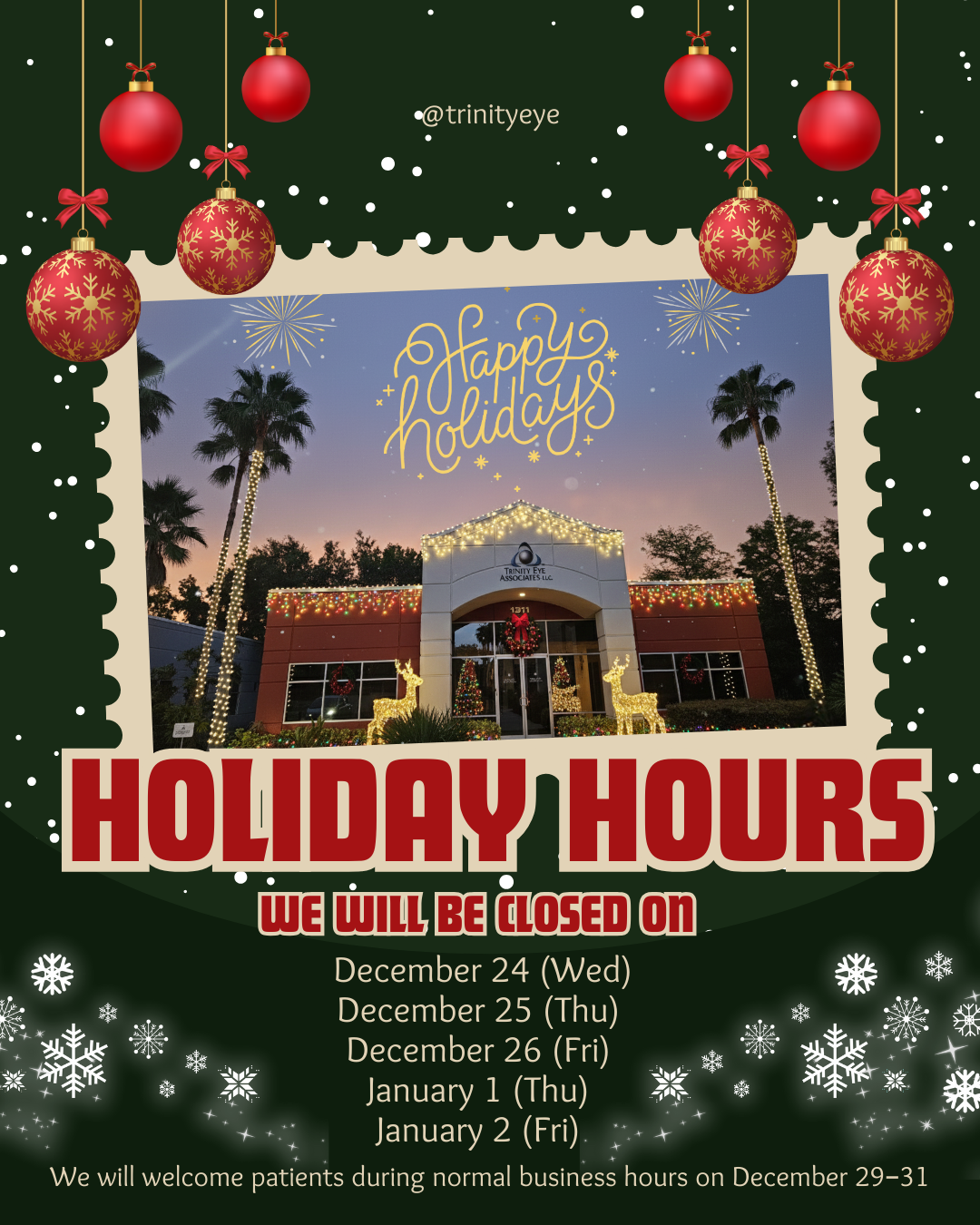
Myopia is a common vision problem that affects many children worldwide. It occurs when the eye is unable to focus properly, resulting in blurred vision when looking at distant objects. Understanding myopia and its impact on children's daily lives is crucial for parents to ensure their child's optimal eye health.
How Myopia Can Impact a Child's Daily Life
Having myopia can significantly impact a child's daily life in various ways. They may struggle to see the whiteboard or read classroom materials from a distance. This can affect their academic performance and lead to feelings of frustration or low self-esteem.
Additionally, myopia can impact a child's participation in sports or outdoor activities. Their compromised distance vision may hinder their ability to fully engage in these activities, affecting their overall enjoyment and physical development.
Common Signs and Symptoms of Myopia in Children
Recognizing the signs and symptoms of myopia in children is essential for early detection and intervention. Some common indicators include:
- Squinting: Children with myopia often squint to try and improve their blurry vision.
- Sitting too close: If your child consistently sits too close to the television or holds books close to their face, it may be a sign of myopia.
- Frequent headaches: Myopia can cause eye strain, leading to headaches, especially after prolonged visual tasks.
- Rubbing eyes: Children with myopia may frequently rub their eyes, especially when trying to focus on distant objects.
- Difficulty seeing distant objects: If your child struggles to see objects in the distance, such as road signs or the whiteboard in school, it could be a sign of myopia.
It is recommended to see an optometrist if you suspect your child may have myopia. Early detection and diagnosis are key to managing the condition effectively. The optometrist will perform a thorough eye examination, which may include visual acuity tests, refraction tests, and a discussion of the child's medical history and symptoms.
Regular eye exams are essential, even if your child does not exhibit any signs of myopia. Optometrists can detect subtle changes in vision and prescribe appropriate interventions to prevent or slow down the progression of myopia.
Treatment Options for Myopia in Children
Several treatment options are available to manage myopia in children, depending on the severity of the condition and individual needs. These include:
- Prescription glasses or contact lenses: These help correct the refractive error and provide clear vision for your child.
- Orthokeratology: This non-invasive treatment involves wearing specialized contact lenses overnight, which gently reshape the cornea. The lenses are removed in the morning, resulting in improved vision throughout the day.
- Low-dose atropine eye drops: Studies have shown that low-dose atropine eye drops can slow down the progression of myopia in children.
- Lifestyle modifications: Encouraging your child to take regular breaks from near work activities, spending time outdoors, and practicing good visual hygiene can help manage myopia.
It is important to discuss the available treatment options with your child's optometrist to determine the most suitable approach for their specific needs.
Taking Proactive Steps for Your Child's Eye Health
As a parent, being aware of the signs and symptoms of myopia in children is crucial for early detection and intervention. By recognizing these signs, you can take proactive steps to ensure your child's optimal eye health.
If you suspect your child may have myopia, schedule a eye exam today. Visit Trinity Eye Associates at our office in Oviedo, Florida, or call 407-678-9151 to book an appointment today.








